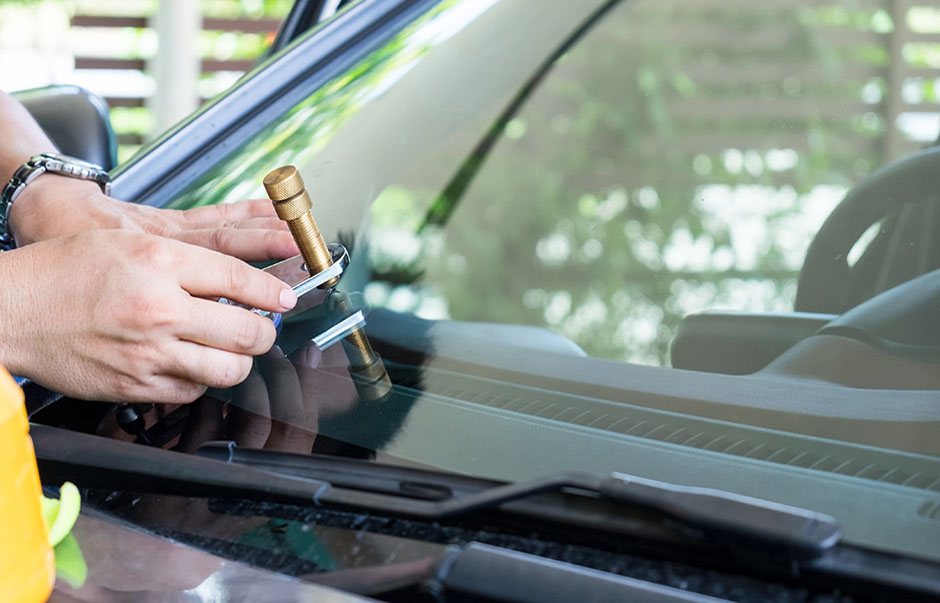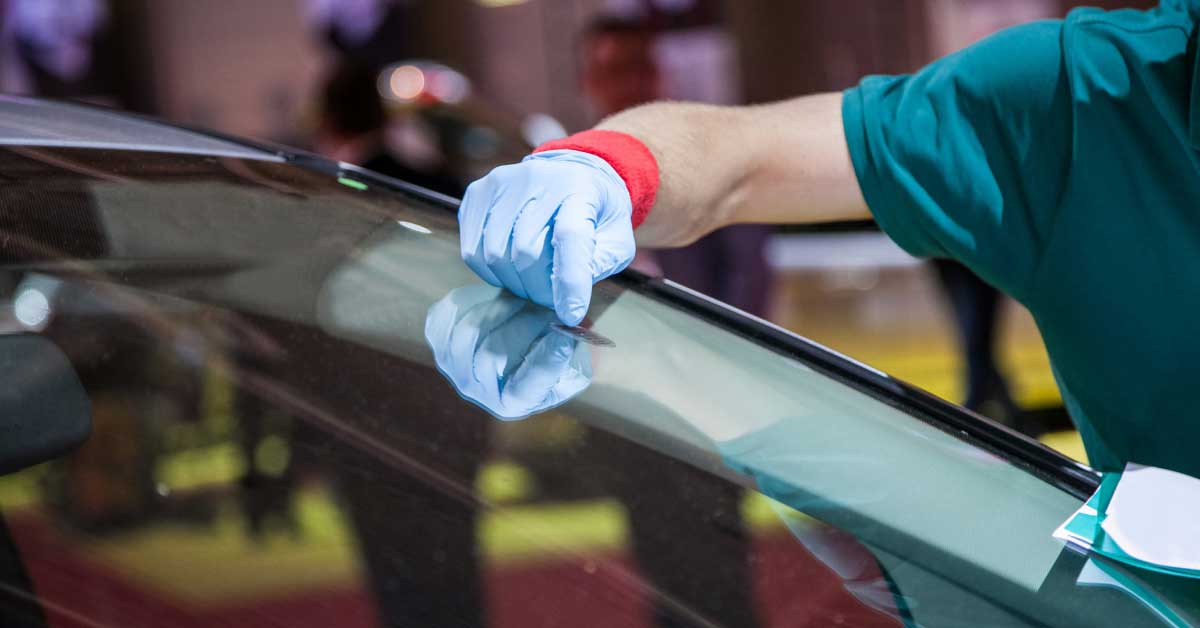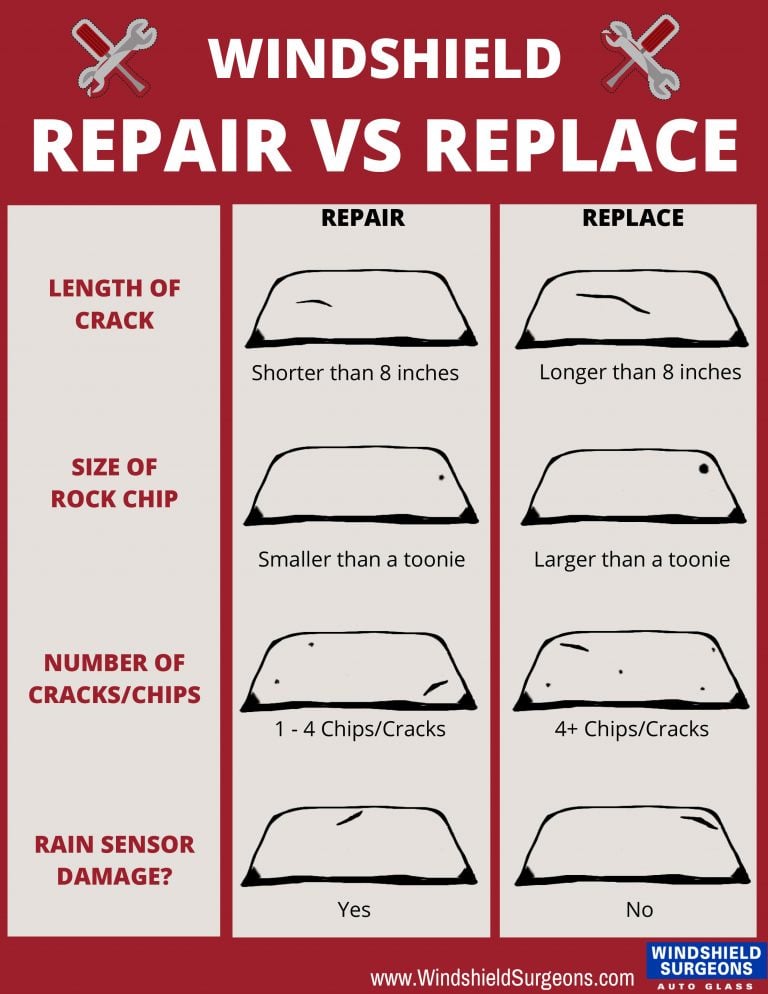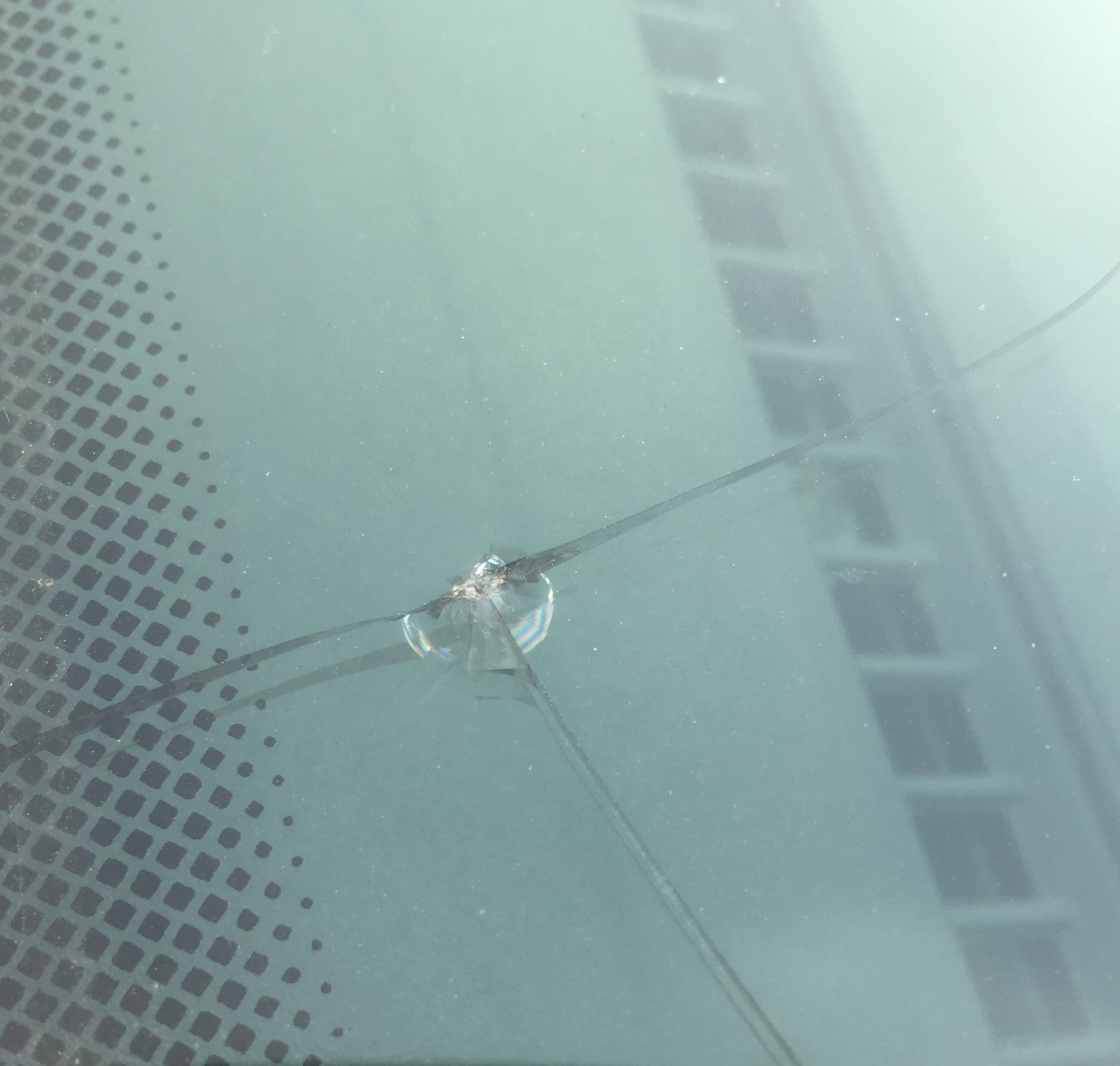Windshield Damage: Knowing When a Fix Is Possible
First Look and Damage Limits
That glass shield in front of you, the windshield, is super important for driving safely. A small chip or crack? It can turn big fast, messing with how strong the glass is and making it hard to see. Before you think about getting a whole new windshield, let’s see if it can be fixed. Usually, if the chip or crack is smaller than a quarter, or fits under a business card, you’re good. If it’s not right in your line of sight, even better. But, if it’s close to the edge? That’s tricky, because those spots can crack more easily.
Think about what kind of damage you’re looking at: bullseyes, stars, and mix-ups are common. Each needs its own way of fixing. A good look, maybe under a bright light, will tell you how bad it is. If you’re not sure, a windshield repair person can help. They know their stuff and can tell you what to do. Don’t wait around; fixing it now keeps it from getting worse and keeps you safe.
And, it’s not just size, it’s how deep it goes. A deep chip, one that goes through layers of the glass, might mean you need a new windshield, not a repair. You want to make the glass strong and clear again. Ignoring small damage? That means big costs later, and maybe putting people at risk.
Also, weather can make things worse. Hot and cold can make the glass move, and cracks can spread fast. It’s like a tiny rip in your best pants – it just gets bigger. So, treat your windshield like you care about it.
Fixing Your Windshield Yourself: What You Need To Do
The Right Tools and Stuff
If you want to try fixing your windshield yourself, you need the right tools. A repair kit usually has a resin thing, resin, a curing strip, and a small drill or pin. Get a good kit from a place you trust, so it works well. Clean the damaged spot with glass cleaner and make sure it’s dry. Anything else there can mess up the resin.
Resin is what you need to fill the chip or crack, and stick the glass together. Do what the kit says for putting it on. Too much is messy, too little doesn’t work. Like making a cake – you have to get it just right.
The curing strip makes the resin hard. Put it over the filled spot and let it sit in the sun or under a UV light. It takes about 15 to 30 minutes, depending on the heat and the resin. After, take off the strip and scrape off extra resin with a razor blade. Don’t scratch the glass.
Take your time. If you rush, it won’t be a good fix, and it might not last. If you’re not sure about something, get help. It’s better to be safe, especially with your car.
Getting Professional Windshield Help: When To Do It
Why Experts Are Good
DIY kits are cheap for small fixes, but experts have better tools and skills. They can handle tough repairs and make sure it’s done right. This is important, as sometimes a deep chip is hard to judge.
Professional fixes often have warranties, so you know it’s good. If it breaks again, you can get it fixed or replaced for free. This is nice, especially if you worry about it lasting. Like having a backup plan – you hope you don’t need it, but it’s good to have.
Also, pros can fix things you can’t do yourself. They can fix cracks near the edge or ones that go through many layers. Their skill makes sure it looks good and is strong.
They’re fast, too. They can usually fix it in an hour, so you can get back to your day. This is good if you’re busy. So, while doing it yourself saves money, think about your time.
Keeping Your Windshield Safe: Things You Can Do
Ways To Protect It
It’s better to stop damage before it happens. Keep a safe distance from other cars, especially trucks and construction cars that throw up rocks. Don’t drive on gravel roads if you can help it. Check your windshield for damage, even if it’s small. Fixing it now stops bigger problems.
Think about getting a windshield protection film. It stops small rocks and stuff from hitting the glass. It helps a lot on highways. Like a screen protector for your phone, but for your car.
Park in a garage or shade to keep it from getting too hot or cold. Heat and cold can make the glass move and crack. If you have to park outside, use a windshield sunshade.
Clean your windshield with mild cleaner and a soft cloth. Don’t use rough cleaners or things that scratch. Keeping it clean helps you see and find damage early. Treat it like your favorite sunglasses.
Windshield Fixes and Insurance: What You Need To Know
Understanding Your Insurance
Many car insurance plans cover windshield repairs, often with little or no cost. Check your plan for what it covers. Some insurers want you to use their shops, others let you pick. Knowing your plan saves money and gets you the right repairs. Like reading the small print – not fun, but important.
Call your insurance before fixing anything. They can tell you how to file a claim and where to go. This makes it easier and stops surprise costs. Keep all papers about the fix, like receipts and reports, for insurance.
Some plans have special coverage for windshield fixes, called “glass coverage.” It often has a lower cost than normal coverage, so it’s cheaper for small fixes. Sometimes, it’s free. It’s good to know these things.
Usually, filing a windshield fix claim doesn’t raise your insurance costs. But, check with your insurer to be sure. Every company is different. It’s best to get the facts from them.
FAQ: Windshield Repair Questions
Things People Ask
Q: Can a cracked windshield be fixed?
A: Yes, often. Chips and small cracks can be fixed, making the glass strong again. But, big cracks or damage in important spots might need a new windshield.
Q: How long does it take to fix a windshield?
A: Pros usually take 30 minutes to an hour. DIY might take longer, depending on how good you are and how bad the damage is.
Q: Will my insurance pay for a windshield fix?
A: Many plans do, often with little or no cost. Check your plan or call your insurer.
Q: Is it safe to fix a windshield yourself?
A: DIY can work for small damage if you do it right. But, pros do a better job and make sure it lasts. If you’re not sure, get help.

How To Get Windshield Replacement While At Work


Windshield Repair Surgeons Auto Glass

